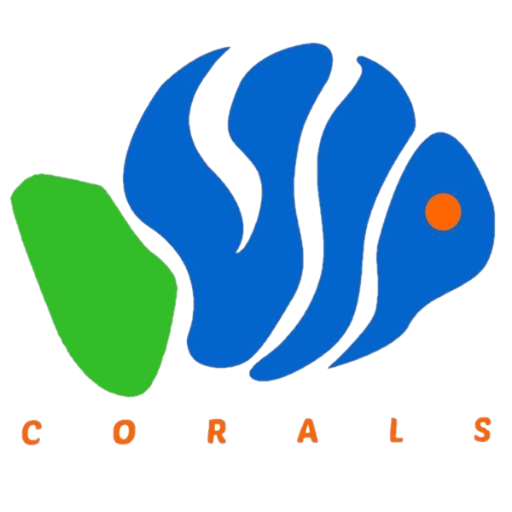Authors
Joy S. Elias, Era May Gueriña, Adrian M. Martija, and Jayvee Ablaña Saco
2024
Abstract
Mabini, Batangas known for its diving attractions and diverse marine life, highlights the potential of its macroalgae as bioindicators for marine conservation. This paper aimed to establish baseline information on macroalgae distribution in Mabini, Batangas. The population of macroalgae were assessed through a single evaluation at each site (Anilao Proper, San Jose, Bulacan), using line transect-quadrat method. There transects were laid as replicates at each site between September – October (Southwest monsoon). The physicochemical characteristics (pH, salinity, dissolved oxygen, temperature, nitrate, and phosphate) were measured using a multi-parameter probe and laboratory analysis to assess correlation with macroalgae abundance through Principal Component Analysis (PCA). Results showed that in terms of seaweed composition, Bulacan, having the most expansive rocky substratum, and least exposure to the southwest moon, has higher species richness (45) than San Jose (22) and Anilao Proper (18). Bulacan was the most diverse (3.11), followed by Anilao Proper (2.13) and San Jose (1.97). Notably, Amphiroa foliacea (28.62%), Actinotrichia fragilis (15.60%), and Ceratodictyon spongiosum (8.80%) dominated in Anilao Proper. In San Jose, A. fragilissima (9.66), Halimeda tuna (5.22), Gracilaria edulis (7.81), Halimeda cylindracea (7.55), Padina sp. (9.43), and Ulva reticulata (6.43) dominated. Substrate condition in all sites varied from sandy, coralline and rocky. Aggregated results of seaweed composition across all sites revealed Chlorophyceae as the most speciose class. Physicochemical conditions exhibited minimal variation across sites. PCA revealed positive negative correlation between abundance of seaweed species and physicochemical parameters.
Spatial-Distribution
